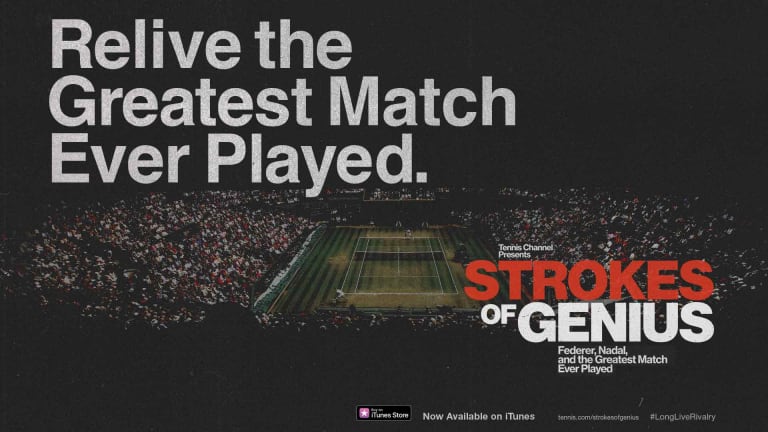As pros go, Bouchard painfully demonstrates how much tennis is a game of inches. An obvious term to describe her playing style would be high-risk. But truly, step back and ponder what it took for Bouchard to reach the Top 5 in the world. How high-risk can something be if it takes you that far, if in the course of six months it earns wins over players such as Venus Williams, Simona Halep, Karolina Pliskova, Ana Ivanovic and Angelique Kerber? Those were just a few of Bouchard’s victims in that six-month span back in 2014.
At its best, Bouchard’s game was exceptionally concussive, able to impose itself on opponents with both time and power.
“She’s like the student I never had but would have taught,” said Robert Lansdorp, the famous coach she began working with this spring. Lansdorp has coached four players who’ve been ranked number one in the world—Tracy Austin, Pete Sampras, Lindsay Davenport, Maria Sharapova. His trademark: flat, powerful and penetrating groundstrokes that clear the net only by two to three feet, far removed from the looping topspin Lansdorp decries as “the academy forehand.”
Addressing Lansdorp and his appreciation of her playing style, Bouchard said, “Yeah, I think that's a compliment. You know, we have worked on my game, and, you know, he believes in me. I love having him around.”
But over the course of Bouchard’s drop down the ranks, it became easy to see the missing strands in her composition. The early strike came off more as a late grab, marred by hardly the swiftest form of movement. Raw confidence was fine when winning—but in adversity, easier to classify as tactical rigidity.
And the wide range of commercial opportunities that came Bouchard’s way? Fair enough, so long as she kept generating results. Alas, we’ll probably never fully know to what extent those various fashion shoots either engaged or distracted.
Back then to Court 14. In just 20 minutes, losing a mere seven points, Bouchard thoroughly outclassed a very nervous Taylor to win the first set, 6-0. Taylor’s case hadn’t been aided by five double-faults.
Of course, as any tennis player knows, to take the opener that easily can be fool’s gold, triggering all sorts of expectations on both the part of victor and vanquished. Even if Bouchard denied that possibility after the match, as the second set got underway, momentum changed seamlessly.
Taylor motored around the court nicely, both as defender and prosecutor. It appeared she had taken Bouchard’s best body blows and was in a fine groove. The two exchanged breaks in the first six games to reach 3-all, at which point Bouchard played the kind of tennis that explains why she has plummeted. Broken at love, the Canadian was wide with a forehand and netted two backhands. Soon enough, Taylor had leveled the match, 6-4.
Said Bouchard, “I think she, you know, started going for it more, and I think I let her dictate play too much.”
So again, the bizarre Bouchard: Rangy command gave way to poor balance, sloppy footwork. And most of all, be it in good or bad times, why doesn’t Bouchard take advantage of her laser-like drives and make her way to the net for highly makeable volleys?
And now the switch flipped again. With Taylor serving at 0-1, Bouchard pressed forward, taking the game on her fifth break point. Quickly, Taylor served at 1-4, love-40. But nothing can come easy for Bouchard these days. Taylor held.
A tennis player begins the competitive journey simply by trying to win a single match. And then, perhaps, maybe another, and another. For world-class players, of course, those victories come in batches, especially as they make their way up through the juniors and into the pros. Certainly that had been the case for Bouchard, who’d won the Wimbledon junior title in 2012 and soon enough cracked the Top 100. If you were truly great, wasn’t that how it was supposed to go, all the way to Centre Court?
But now, on a court that held less than 400 people, wedged in a corner between the greatest court of them all and the worldwide center of Wimbledon TV coverage, Bouchard was back to where it had all started: the quest for one victory.
She held at 15 for 5-2. And then, seeking to close it out at 5-3, Bouchard closed it out at love.
“At least she fought it out,” said Lansdorp. It was but one small step. But then again, at this stage, more than ever, nimble and dedicated footwork was precisely what Bouchard needed most of all.
